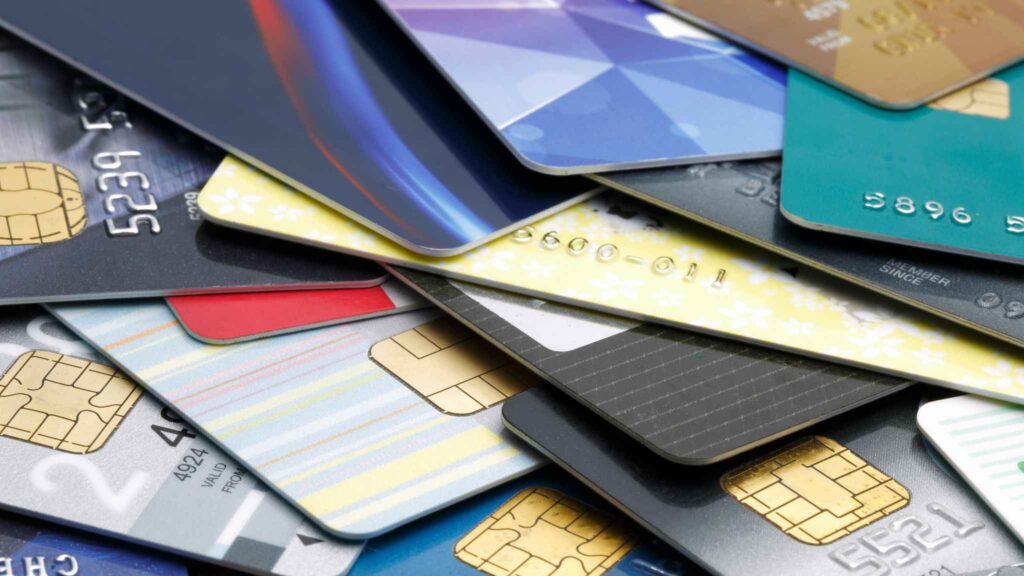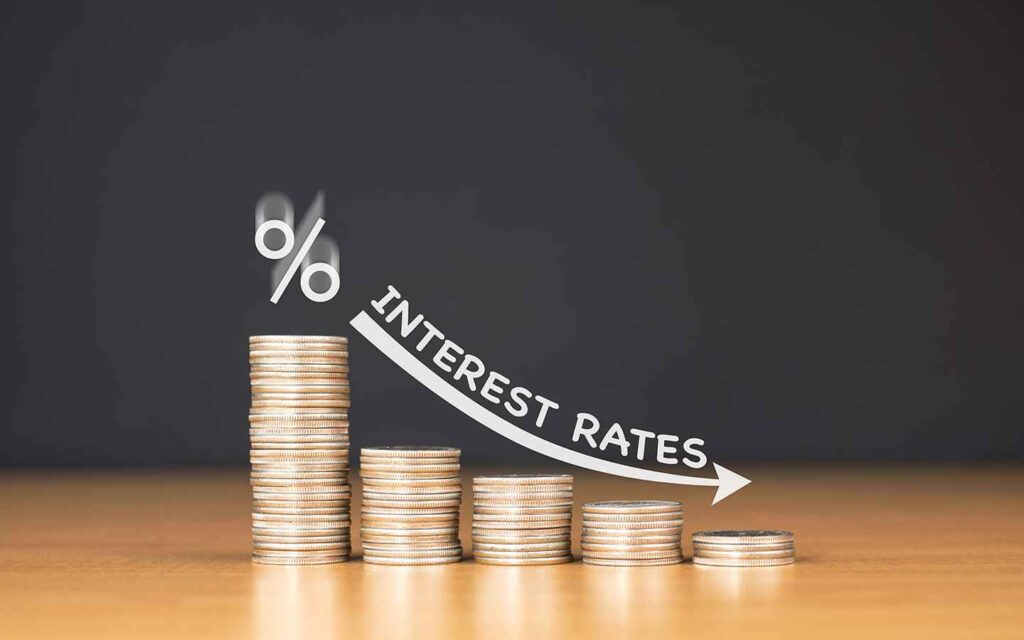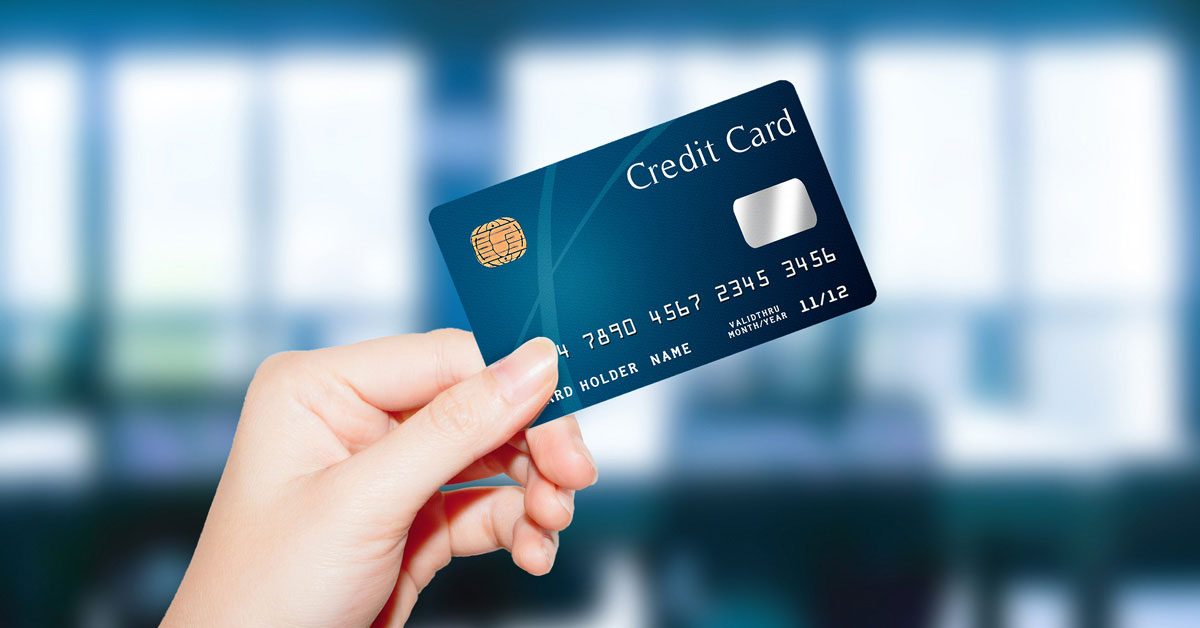The Burden of Credit Card Debt: A Growing Concern

Credit cards, once hailed as convenient financial tools, now carry a weight that’s hard to ignore. Here’s a snapshot of the rising credit card debt landscape:
- Record Balances: In recent years, credit card balances have soared to unprecedented heights. By Q3 2023, total credit card debt in the United States reached a staggering $1.08 trillion—a $48 billion increase from the previous quarter. It’s a financial mountain that many Americans are climbing.
- The Average Debt: Picture this: the average credit cardholder owes around $6,088. That’s not pocket change. It’s a significant burden, especially when compounded by high interest rates.
- Late Payments: The rising tide of credit card debt is accompanied by late payments. Approximately 5.78% of cardholders are seriously delinquent (90 days or more past due) on their credit card balances. These late fees add up, exacerbating the debt crisis.
- Interest Rate Hikes: Interest rates have climbed steadily. From an average of 18.43% in Q3 2022, they surged to 22.77% by Q3 2023. The Federal Reserve’s moves to combat inflation played a role in this upward trajectory.
- Financial Stress: For many, credit card debt isn’t just a number—it’s a source of stress. Balancing monthly payments, interest charges, and other financial obligations can take a toll on mental and emotional well-being.
As we navigate this landscape, it’s crucial to approach credit cards with caution. Responsible spending, timely payments, and understanding the terms are essential. Let’s collectively work toward a future where credit cards empower rather than burden us.
Falling Interest Rates: Navigating the Financial Landscape

Interest rates—the invisible forces that shape our financial decisions—are in a state of flux. Here’s what you need to know about falling interest rates:
- The Rate Shift: Interest rates on credit cards have been on a rollercoaster ride. From an average of 18.43% in Q3 2022, they surged to 22.77% by Q3 2023. The culprit? The Federal Reserve’s efforts to combat inflation. As the economy adjusts, so do the rates.
- Impact on Borrowers: If you carry a balance on your credit card, falling interest rates can be a silver lining. Lower rates mean less interest paid over time. However, don’t celebrate just yet—credit card interest rates are still high compared to other forms of borrowing.
- Savings Accounts and Investments: Falling interest rates affect more than just credit cards. Your savings accounts, certificates of deposit (CDs), and other fixed-income investments also feel the pinch. Earning interest on your savings becomes a tougher game.
- Mortgages and Homebuyers: Homebuyers benefit from lower mortgage rates. If you’re in the market for a home, falling interest rates can make homeownership more affordable. Refinancing existing mortgages also becomes attractive.
- Consumer Spending: When rates drop, consumers may feel more confident about spending. Lower borrowing costs encourage big-ticket purchases like homes, cars, and appliances. It’s a delicate dance between spending and saving.
- Savers’ Dilemma: On the flip side, savers—especially retirees—face a dilemma. Their fixed-income investments yield less, affecting retirement income. Balancing risk and reward becomes crucial.
In this dynamic landscape, keep an eye on interest rate movements. Whether you’re a borrower, saver, or investor, understanding the impact of falling rates empowers you to make informed financial choices.
Contactless Payments: The Future of Transactions
What Are Contactless Payments?
- Contactless payments refer to transactions made without physical contact between the payment device (such as a card or smartphone) and the point-of-sale (POS) terminal.
- Instead of swiping, inserting, or entering a PIN, users simply tap their card or device near the terminal to complete the payment.
The Rise of Contactless Payments:
- Smart Devices: Contactless payment has evolved alongside smart devices. Users can seamlessly connect their credit cards to smartphones, smartwatches, or other digital devices, extending the convenience of contactless transactions beyond physical cards.
- Pandemic Acceleration: The Covid-19 pandemic accelerated the adoption of contactless payments. People sought safer, hygienic alternatives to handling cash or touching shared surfaces.
Benefits of Contactless Payments:
- Speed and Convenience: No more fumbling for cash or waiting for change. Contactless payments are lightning-fast.
- Security: Tokenization ensures that sensitive card details are not transmitted during the transaction. Plus, no need to worry about lost or stolen cards.
- Hygiene: In a germ-conscious world, contactless minimizes physical contact.
Disappearance of Physical Cards:
- Virtual Wallets: Digital wallets (e.g., Apple Pay, Google Pay) allow users to store payment methods, loyalty cards, and even identification documents digitally. Say goodbye to bulky wallets!
- Reduced Reliance on Plastic: As contactless payments gain ground, physical credit and debit cards become less essential. Why carry plastic when your phone can do it all?
Challenges and Considerations:
- Security Concerns: While contactless payments are secure, lost or stolen cards can still be used fraudulently.
- Consumer Education: Some users remain hesitant due to lack of awareness or misconceptions.
- Infrastructure: Widespread adoption requires updated POS terminals and merchant support.
The Future:
Expect further innovations—biometric authentication (fingerprint or face recognition), wearables (smart rings, bracelets), and seamless integration with everyday devices.
Virtual Credit Card Payments
Contactless Payments Go Mainstream:
- Contactless payments have become increasingly popular. These transactions involve tapping or waving a card or mobile device near a point-of-sale (POS) terminal to complete a purchase. The convenience and speed of contactless payments make them a preferred choice for many consumers.
- Virtual credit cards, which operate primarily through contactless technology, are expected to play a significant role in this trend. These cards exist only in digital form and are used for online and mobile transactions.
Enhanced Security and Privacy:
- Virtual credit cards offer enhanced security compared to physical cards. Since they don’t have a physical presence, there’s no risk of losing or misplacing them.
- Users can generate a unique virtual card number for each transaction, reducing the risk of fraud. Even if the virtual card details are compromised, the damage is limited to that specific transaction.
Reduced Exposure to Sensitive Information:
- With virtual credit cards, users can make online purchases without revealing their actual card details. The virtual card acts as a shield, preventing merchants or hackers from accessing sensitive information.
- This reduced exposure minimizes the risk of identity theft and unauthorized transactions.
Customizable Spending Limits:
- Virtual credit cards allow users to set spending limits for specific purposes. For example, you can create a virtual card with a predefined limit for online shopping or subscription services.
- This flexibility provides better control over your spending and prevents unexpected charges.
Temporary and Disposable Cards:
- Some virtual credit card services offer temporary or disposable cards. These cards are valid for a single transaction or a short period.
- They are ideal for one-time purchases or when dealing with unfamiliar merchants. Once the transaction is complete, the virtual card becomes invalid.
Eco-Friendly Approach:
- By eliminating the need for physical cards, virtual credit cards contribute to environmental conservation. There’s no plastic production, shipping, or disposal involved.
- As consumers become more conscious of sustainability, virtual cards align with eco-friendly practices.
Enhanced Security Technologies
Biometric Authentication:
- Biometrics involve using unique physical or behavioral traits for authentication. Examples include fingerprint scanning, facial recognition, and iris scans.
- These technologies enhance security by ensuring that only authorized individuals can access sensitive data or systems.
Two-Factor Authentication (2FA):
- 2FA combines something the user knows (like a password) with something they have (like a mobile device or security token).
- By requiring two forms of authentication, 2FA significantly reduces the risk of unauthorized access.
End-to-End Encryption:
- End-to-end encryption ensures that data remains confidential during transmission. Only the intended recipient can decrypt and access the information.
- Popular messaging apps like WhatsApp and Signal use end-to-end encryption to protect user messages.
Hardware Security Modules (HSMs):
- HSMs are specialized devices that securely manage cryptographic keys and perform encryption/decryption operations.
- They protect sensitive data by storing keys in tamper-resistant hardware.
Blockchain Technology:
- Originally designed for cryptocurrencies, blockchain offers robust security features.
- Its decentralized, immutable nature makes it resistant to tampering and fraud.
Zero Trust Architecture:
- Zero Trust assumes that no user or device can be fully trusted, even within the organization’s network.
- Access controls are strict, and verification occurs continuously.
Behavioral Analytics:
- Behavioral analytics monitor user behavior to detect anomalies. For instance, sudden access from an unusual location triggers alerts.
- This technology helps prevent insider threats and unauthorized access.
Secure Boot and Firmware Integrity:
- Secure boot ensures that only trusted firmware and operating system components load during system startup.
- It prevents malware or unauthorized modifications.
Network Segmentation:
- Segmented networks isolate different parts of an organization’s infrastructure.
- Even if one segment is compromised, the rest remain secure.
Threat Intelligence Platforms:
- These platforms collect and analyze data on emerging threats.
- Organizations use this information to proactively defend against cyberattacks.
Personalized Services in Credit Cards
Tailored Rewards:
- Credit card companies are increasingly customizing rewards programs to cater to individual preferences. Instead of generic cashback or points, users receive rewards based on their spending patterns, such as bonus points for dining out, travel, or specific retailers.
- Personalized rewards enhance user satisfaction and encourage cardholders to use their cards more frequently.
Spending Insights:
- Credit card issuers provide detailed spending insights to users. These insights include categorized breakdowns of expenses (e.g., groceries, entertainment, travel) and trends over time.
- Users can make informed decisions about their finances, identify areas for cost-cutting, and set budget goals based on these insights.
Financial Wellness Tools:
- Many credit card companies now offer financial wellness features. These tools help users manage their money better by:
- Providing credit score monitoring and tips for improvement.
- Offering budgeting tools and alerts for overspending.
- Suggesting personalized savings strategies.
- These services promote responsible financial habits and strengthen the relationship between cardholders and issuers.
Conclusion
The credit card landscape is undergoing significant changes, driven by several key factors:
Technological Advancements:
- Contactless payments, mobile wallets, and biometric authentication are reshaping how we use credit cards.
- Blockchain and decentralized finance (DeFi) may revolutionize transaction processing and security.
Consumer Preferences:
- Users now demand seamless experiences, personalized rewards, and transparent fees.
- Credit card companies are adapting by offering tailored services and innovative features.
Security and Sustainability:
- Enhanced security measures, such as tokenization and fraud detection, are crucial.
- Sustainable practices, like eco-friendly card materials and carbon offset programs, are gaining prominence.
FAQ’s:
Q. What technological advancements are expected in the future of credit cards?
A: Future credit cards will likely feature advanced technologies such as biometric authentication (e.g., fingerprint and facial recognition), contactless payments, and integration with mobile wallets. These advancements aim to enhance security and user convenience.
Q. How will security be improved in future credit cards?
A: Future credit cards will incorporate enhanced security features such as dynamic CVV codes, tokenization, and biometric verification. These measures will reduce the risk of fraud and unauthorized transactions.
Q. How will blockchain technology impact credit cards?
A: Blockchain technology could revolutionize credit card transactions by providing a more secure and transparent ledger system. This could lead to faster transaction processing, reduced fraud, and lower fees.
Q. How will the integration of the Internet of Things (IoT) affect credit card usage?
A: IoT integration will enable credit cards to be used across a broader range of devices, from smart home systems to connected cars. This will facilitate new and innovative ways for consumers to make purchases.












